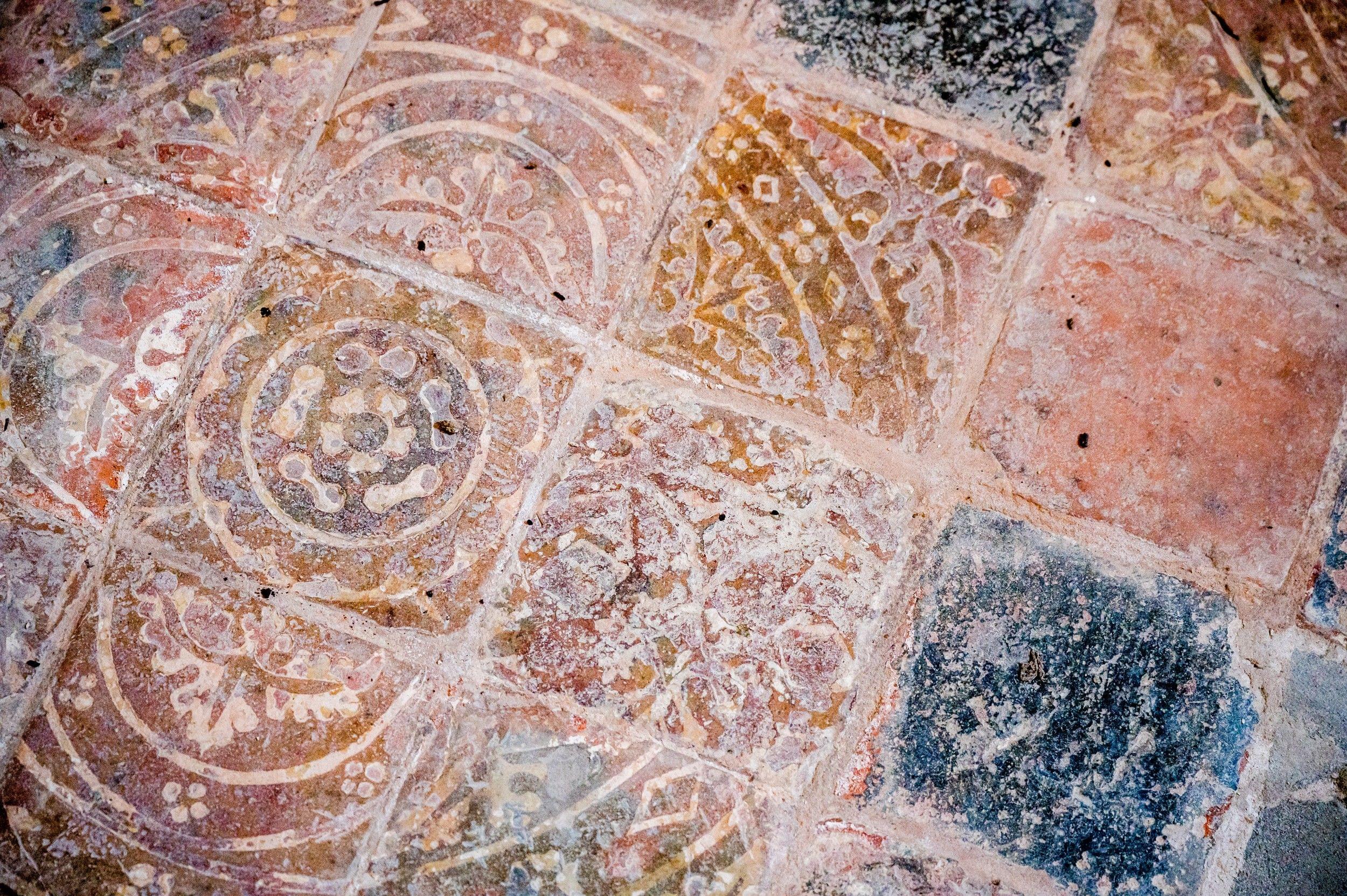Lann as in Lanihorne tells us that this was an early religious settlement, probably around the early 10th century, which would have contained a chapel, a few houses and a burial ground. The chapel was dedicated to St Rumon a Celtic monk, whose remains were believed to have been buried here before being moved to Tavistock Abbey in about 981.
The present church was built around 1321, with a later restoration in 1866. Of interest is the sundial on the south wall of the south transept dated 1743 which was placed there by the churchwardens John and Stephen Double.
On entering the church, the first thing that meets the eye is the magnificent Victorian tortoise stove, sadly no longer in use. The font, although Norman in style, is probably of a later date; the cover is made up of fragments of old beams salvaged at the time of the restoration. Hanging next to the font is a collage of the parish Tithe map of 1842, which was completed by ladies of the congregation in 1993.
On the wall of the north aisle are the Tables of the Ten Commandments and on the east wall of the nave, either side of the altar, are the Apostles' Creed and the Lord's Prayer.
The south transept was originally the Lord of the Manor's chapel and here can be seen a hagioscope, commonly known as the 'squint'. This would have allowed the Lord of the Manor to observe the priest as he officiated at the altar.
Also tucked into the corner of the south transept are the remains of Richard Trestean. The tomb is covered with a carved figure of a monk which is believed to have been brought from Glasney College at its dissolution in 1536. In the mid 14th century the north aisle was added and this became the Lord's chapel.
The churchyard contains many old graves. The churchyard has been surveyed and a list and map is displayed in the church. In the north east corner of the churchyard is a vaulted tomb containing the remains of the Luke family of Treviles.

